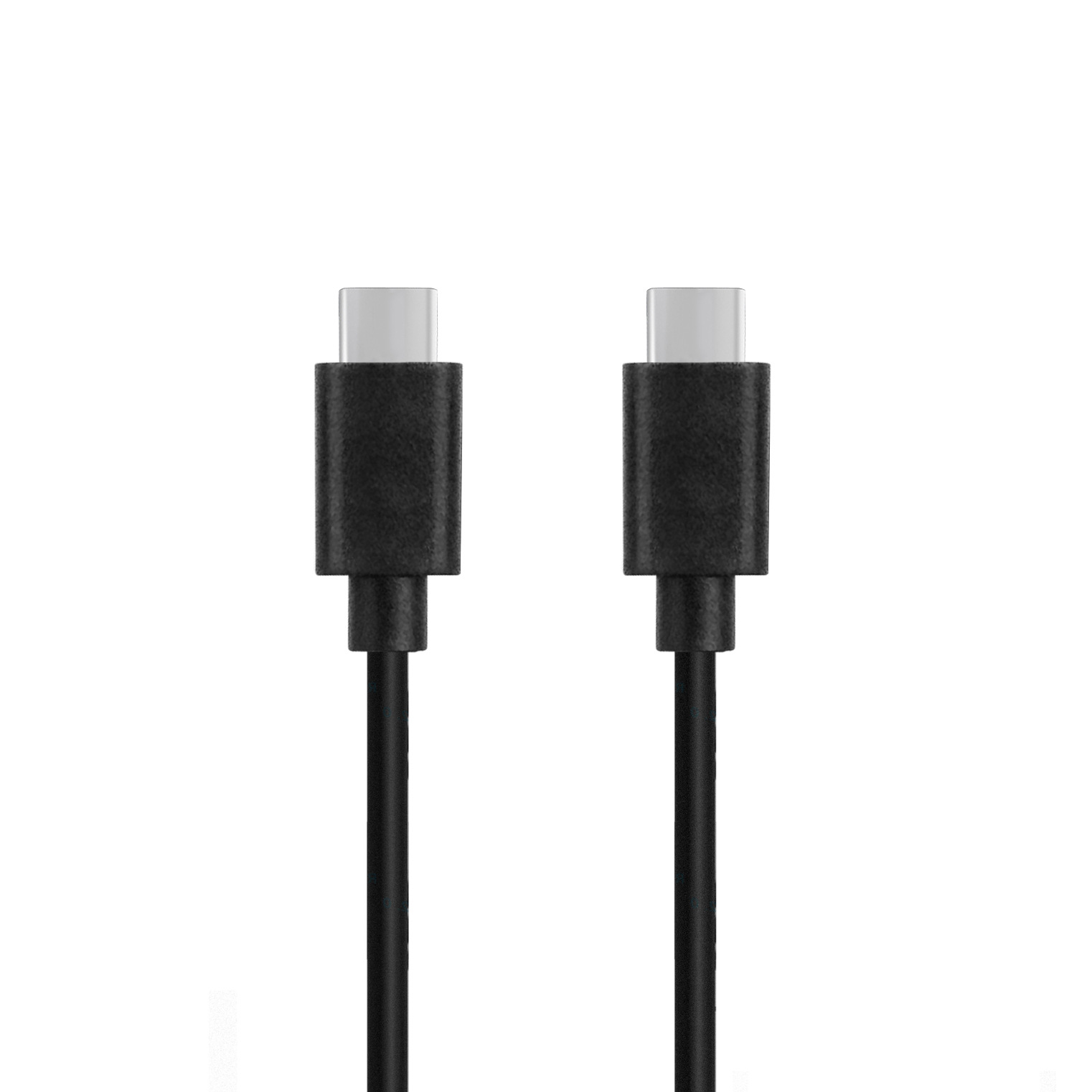What are the advantages of Type-C mobile phone USB cables
What are the advantages of Type-C mobile phone USB cables?
The Type-c USB cables came out with the advent of the USB 3.0 era. In the beginning, Type-c was used as the data cable for Apple's MacBook notebook computers.
The Type-C interface used on mobile phones today is the USB 3.1 version, while Micro-USB is the USB 2.0 version, so Type-C has advantages in terms of transmission rate and output current.
In general, the USB Type-C data cable has the following characteristics:
1. Slim: The Type-C interface is extremely thin in size, only 8.3*2.5mm, which is more suitable for use in increasingly small computing devices;
2. Fast transmission speed: USB3.1 data transmission speed can reach 10Gbps;
3. Strong expandability: Type-C can transmit video and audio signals, and expand to multiple audio and video output interfaces, such as HDMI, DVI, and VGA interfaces, and can even achieve expansion up to 4K resolution.
4. Non-directional: Type-C interface has no directivity, that is, it can be paired by inserting the front and back sides, which greatly improves the usability of the USB interface;
5. Strong power supply capability: USB3.1 Type-C interface can provide up to 100W of power output, that is, the bidirectional power supply can be achieved through the Type-C interface: it can not only charge the device itself, but also power external devices.

